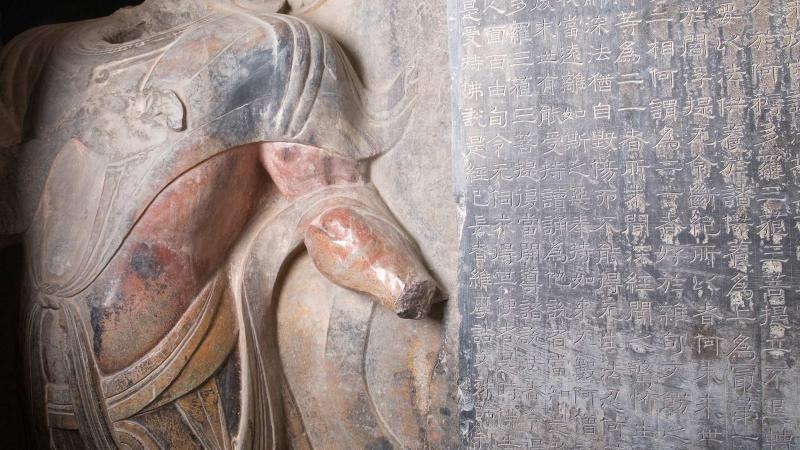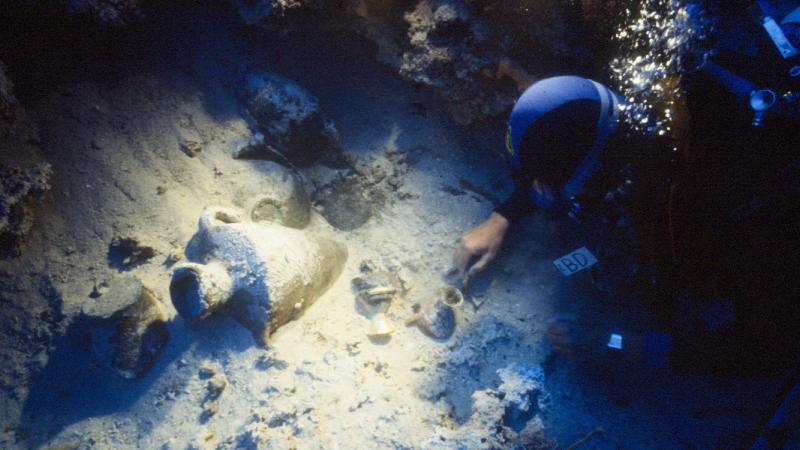Some 12.5 million Africans were taken from their homes and forced aboard slave ships that were destined for the New World. About 10.7 million people survived the horrors of the Middle Passage between 1526 and 1866, only to end up in bondage on sugar, rice, cotton, and tobacco plantations throughout the Americas and the Caribbean.
The transatlantic slave trade is the largest forced migration in history. Until recently, however, it was all but impossible to measure the trade’s true dimensions: There were simply too many records among too many geographically dispersed archives. But, today, the slave trade’s broad outlines and its subtler trends can be gauged because of a remarkably collegial and tech-savvy project called the Trans-Atlantic Slave Trade Database.
The database was born in 1990 in the British Public Records Office, when two scholars struck up a conversation about their respective projects. David Eltis, who is now the Robert W. Woodruff Professor of History at Emory University, was gathering data on the early history of the British slave trade. Stephen Behrendt, who teaches at the Victoria University of Wellington in New Zealand, was doing the same for its later years. They decided to combine their efforts to create a collaborative platform for further scholarship.
With $1,025,644 from NEH and help from the W. E. B. DuBois Institute for African and African American Research at Harvard University, Eltis and Behrendt were soon consolidating the data that they and many other historians had spent years culling from tax registers, port books, captains’ logs, private letters, and a myriad of other documents. They released the first edition of the database on CD-ROM in 1999 and, after integrating a wave of new information, launched an open-access website called Voyages in 2008. To date, the database includes data from 57 contributors, reflecting 34,948 voyages—an estimated 66 to 80 percent of all slaving expeditions to cross the Atlantic during the trade’s three-and-a-half centuries.
The real strength of the database, however, lies less in its grand totals than in the smaller patterns that emerge. Each record contains fields for a voyage’s milestone dates (departure, landings, return), rigging, captain’s name, places of slave purchase and sale, number of slaves embarked and disembarked, and so on. These kinds of details allow for more focused counts, which, in turn, raise more substantive questions: What can the data tell us, for example, about the dynamics of shipboard rebellions? About the origins of American rice culture? Or about the ancestry of Cuba’s slave population?
One of the first online databases to embrace crowdsourcing for the collection and correction of information, the database continues to evolve with the times. The project team is currently working to add the latest vetted data and recode the Voyages website, incorporating a foreign language capability and dynamic mapping features.
Written by James Williford, a writer in Washington, D.C.


